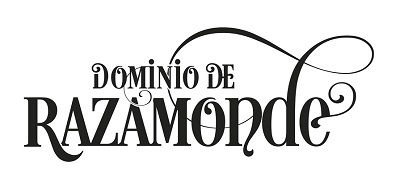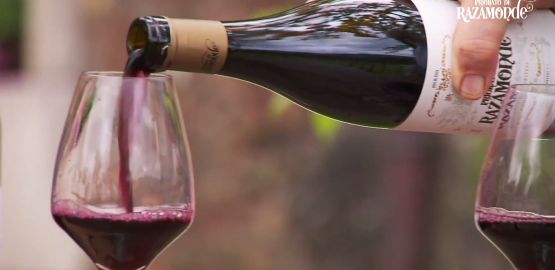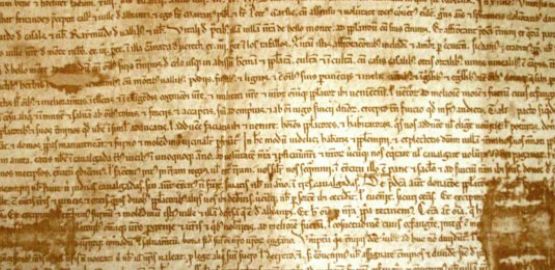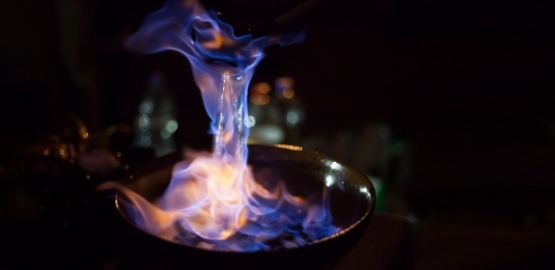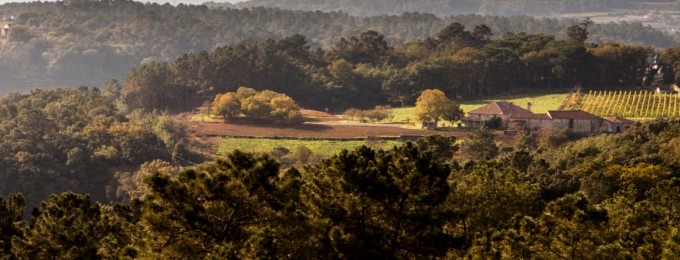
The section of the Miño basin that today occupies the Ribeiro Denomination of Origin was destined to the cultivation of the Vine probably from the first centuries of our Era. This circumstance motivated that, with the flourishing of the Cistercian monasticism in Galicia (11th century), it passed all of it to ecclesiastical dominion, depending on the great monasteries (Celanova, Melón, Sal Clodio and San Martín Pinario, in Santiago de Compostela).
Since those distant times, Razamonde was the ecclesiastical manor of the Monastery of San Martín Pinario with the right to use the fruits (wine, fruits, etc.), taxes and the granting of other manorial rights (barge, fishing, establishment of mills , etc.), with the sole obligation of maintaining religious services (the parish priest of souls).

San Martín Binario and King Sancho IV of Castile
The management of such extensive rustic heritage was carried out through the legal formula of the forum, a kind of long-term lease (with one voice, two voices, three voices), unfolding the property, so that the Monastery reserved direct ownership and the useful domain passed to the foreros, who transmitted it by inheritance.
At the time of the confiscation (1835), only the estate that today belongs to society remained of the original manor. Its undivided permanence is explained because it was cultivated directly by the Monastery of San Martín Pinario through the figure of the Priory. The monastery appointed the managers (usually monks), who lived on the farm to take responsibility for its cultivation. These houses and auxiliary buildings are where today the winery, offices and esoteric shop are located.
In the documentation of San Martín Pinario, the sale contract made in 1287 by King Sancho IV of Castile in favor of the Monastery of San Martín Pinario, in which the described property appears with its current boundaries.
